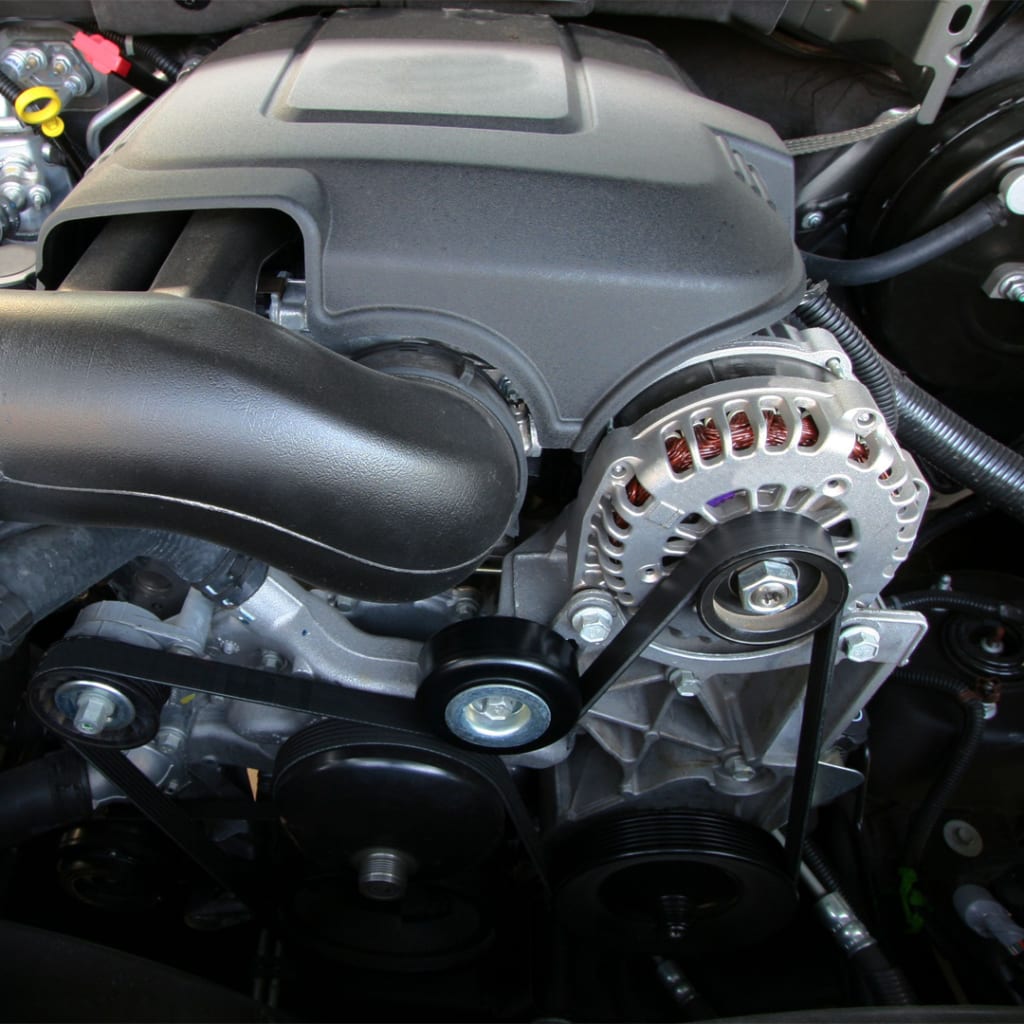Everything You Need to Know About Electric Parking Brake Issues
The electronic parking brake is a welcome innovation that provides better and more convenient braking than traditional brakes. If you're having issues with your electronic parking brakes as the system ages, look for a car service near me garage and schedule an appointment to get the problem fixed.

Car manufacturers add new technologies to their cars as technology advances, one of which is the electric parking brake, often known as the electronic parking brake (EPB). EPB is now standard on a large number of contemporary vehicles.
The EPB is a better, safer, and more effective braking system that is incorporated with the onboard electronic computer for a better braking experience and an easier way to deploy emergency brakes in a variety of scenarios.
We'll go over the functions of the electric parking brake, how it works, the benefits of having one on your car and the most frequent electric parking brake issues in this post. If you see or encounter any of the symptoms listed below, it is advised that you search online for a car service near me garage and schedule an appointment for your vehicle to be repaired by a skilled vehicle technician.
What is the Difference Between an Electric Parking Brake and a Mechanical Parking Brake?
The electronic parking brake (EPB) is an electronically operated emergency brake. It is usually triggered by depressing the brake pedal and pushing up the EPB button, and it is released by pressing a fingertip button.
An actuator mechanism and an electronic control unit work together to make this braking system operate (ECU). Caliper integrated systems and cable puller systems are two EPB mechanisms now in production. Brake-by-wire technology includes electric parking brakes as a subset.
Electric parking brakes initially emerged on the 2001 BMW 7 Series (E65) and have subsequently been found on a variety of vehicles.
Applications For Electric Parking Brakes
As previously said, an electronic parking brake is a more enhanced and convenient way to deploy the emergency brake in a variety of scenarios.
All you have to do to activate the electronic parking brake is find the EPB button and pull it up while depressing the brake pedal. The button is usually near your gear stick and has a ‘P' inscription on it.
You'll hear a mechanical click as you pull it up, indicating that it's been engaged. The emergency brake light will illuminate your instrument cluster after the EPB has been engaged.
Step on the brake pedal and then press the EPB button down to release or disconnect the electronic parking brake. The EPB will be disabled when the emergency light on the instrument cluster turns off.
If you experience that your electronic parking brake is not activating, look for full car service near me garages online and book an appointment with a car mechanic to repair the issue. The last thing you want is to jeopardise the safety of you and others.
The Most Typical Issues with Electric Parking Brakes
If switches or cables between the actuator and module are opened, shortened, damaged, or acquire high resistance, issues can arise on the EPB, just like they can on any other electrical system or component in a car. The electronic parking brake system might malfunction due to common faults such as low system power or an open fuse.
If there is a reported issue, some of these problems may record a trouble code on the onboard computer, indicating a problem with the EPB, or display a ‘Service parking brake' message. A scan tool will aid in determining the source of the failure.
In any event, if the problem is caused by a broken module or actuator, you'll need to purchase a replacement from your dealer and schedule an appointment with a car technician by searching online for vehicle service near me garages. These components are very new, and the market for them has not yet been saturated. These components will, however, become more widely available as time passes.
One of the following factors might cause your electronic parking brake to fail to release manually or automatically:
The brake pedal or gear stick selector switch is malfunctioning.
The EPB module and one of the switches aren't communicating properly.
An electrical problem exists in the EPB module or actuator.
The motor for the electronic parking brake has stuck or failed.
Your parking brake wires are rusted.
Frequently Asked Questions (FAQ’s)
Why isn't my parking brake disengaging?
Corrosion is a typical problem with locked parking brakes. Water and grime are the most common causes of braking system corrosion. Brake cables might shatter, parking brakes can fail, and brake pads can cling to the brake disc due to corrosion. If you have a habit of pushing your brake lever too hard, your brakes will eventually catch against the drum brake walls.
With a dead battery, how do you release an electronic parking brake?
Electric parking brakes aren't meant to be used with flat batteries. You have two alternatives if your car battery is dead and you need to release the electronic park brake. You may either jump-start your car using another vehicle or a portable jump starter, or you can manually release the brake.
To manually release it, you'll need a special tool as well as a jack tool. Install the correct bit on the tool, remove the tyre well stopper, insert the jack tool, and spin it clockwise to release.
About the Creator
Car Services in Reading
Are you looking for a reputable and high-quality car garage in Reading ? Car Services in Reading is your one-stop shop for online garage services in Reading. Book online car repair services with us with confidence.






Comments
There are no comments for this story
Be the first to respond and start the conversation.